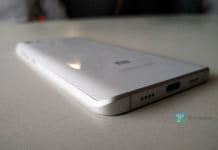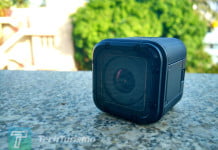It’s a known fact that Samsung is the topdog in Amoled display market with their famous Super Amoled Display’s. Any manufacturer who orders Amoled displays off the shelf often opt to include their own set of customizations. These customizations are mostly to control the various level of saturation, brightness, contrast and so on. So let’s find out the truth about Optic Amoled Display.
Carl Pei, co-founder of OnePlus, replied to a series of questions related to Optic Amoled Display used in their latest flagship killer, OnePlus 3. He mentioned that they have integrated a series of custom-engineered gamma correction on the Super Amoled display to make color reproduction “true to life”. Also the dual-polarizing layer has been added on top to ensure better brightness under bright sunlight. Pei also confirmed that the Amoled displays are indeed the current generation of Super Amoled Displays manufactured by Samsung.
This leads us to think that, why not call it a Super Amoled Display instead? Well apparently, Samsung doesn’t allows its partners to make use of the word “Super”. Hence, Amoled display is indeed Super Amoled display.
Hence, we can safely consider that Optic Amoled Display is not a new thing neither a technological revolution in Amoled Displays.




















